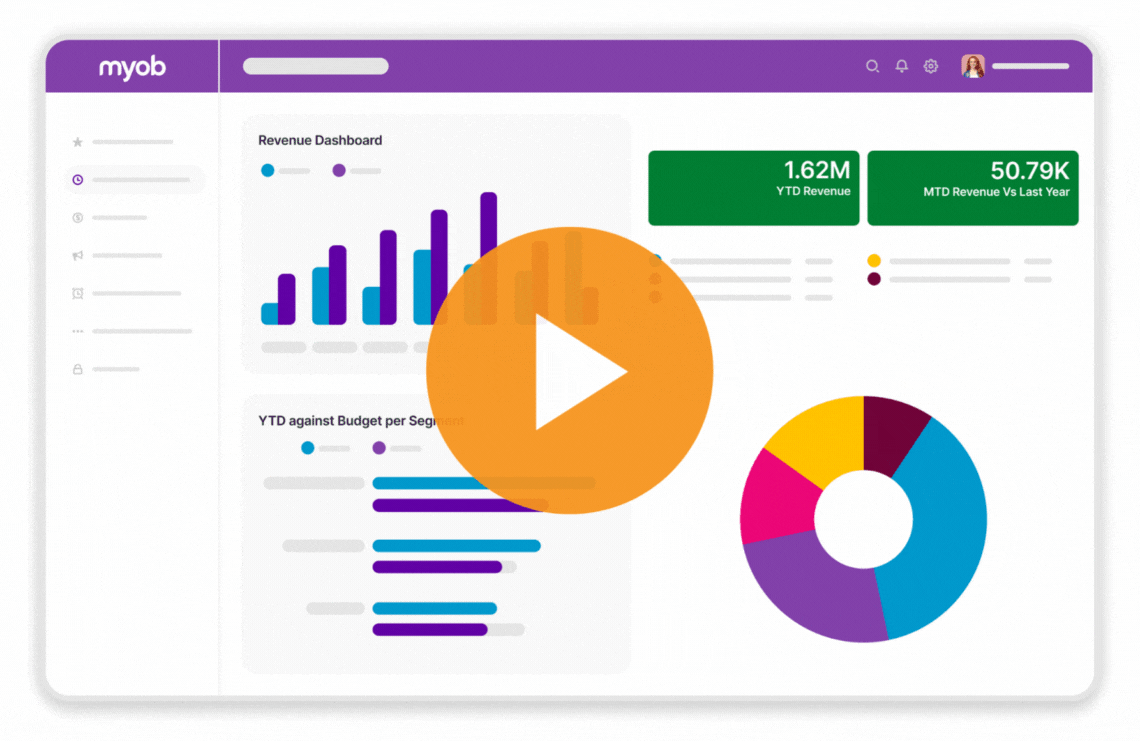Not sure if it’s time to move on from your legacy software?
If your current system mostly works but things are starting to feel clunky, disconnected, or harder to manage, you’re not alone. Many businesses don’t realise how much their legacy software is holding them back until it’s already impacting productivity and growth.
- Spot signs your software may no longer be fit for purpose
- Evaluate your operational and IT readiness for the cloud
- Understand the key benefits of modernising your ERP
Whether you’re just starting to think about change or looking for a reason to take action, this checklist will help you get clear on your next steps.
Download your free checklist now and find out where your business stands.


“Our focus has always been on diversifying the business. To do that, we need to invest in new technology that continually improves how we work.
MYOB Acumatica Cloud ERP has given us more fluidity to move into new areas. It will be a big growth facilitator for us moving forward.”
Sean Adams, Managing Director | CSF Industries
What is cloud ERP software?
The short answer is now!
Cloud ERP software refers to ERP software that operates “in the cloud,” and that is provided via a service-based business model.
- Because it operates in the cloud, you can access the software on any modern internet-ready device — without needing to actually install the software.
- Your data is stored by the provider on a centralised server — meaning you’ll always have access to the most accurate and up-to-date info whenever you need it.
- The “service” part of “software-as-a-service” includes features like server and data maintenance, risk management assistance, automatic upgrades and more.
Basically, cloud-based ERP software allows teams to “do ERP” from anywhere, at any time, with maximum efficiency. This is perhaps the key reason many organisations are making the switch to such cloud-based solutions.

Struggling with the limitations of legacy software?
Here are some key benefits of moving to a cloud ERP solution

Lower upfront costs
With no purchasing, licensure, or installation fees, cloud-based ERP solutions offer a cost-effective way to get started. Though you will have the ongoing subscription payment, you’ll save money up front — leaving you with more capital on hand to reinvest into your business.

Reduced IT costs
Server maintenance, tech support, and other IT-related processes are all covered in the subscription price for most cloud ERP services. This cost is minuscule compared to the ongoing costs associated with doing it all in-house when using an on-premise solution.

Improved security
Cloud ERP data centres are hosted and maintained by the best-of-the-best, in world class hosting environments whose sole purpose is to ensure your data is easily accessible, fast and secure.

Improved accessibility
While on-premise ERP software can only be accessed on the machines it’s been installed on, cloud solutions can be accessed from anywhere, at any time. In a world where remote work is becoming increasingly common, your team needs open access to your ERP software.

Improved functionality and features
Cloud ERP solutions often have a range of features and functionality that on-premise solutions don’t. As the demand for cloud increases, less investment is being made to on-premise solutions and more on cloud ERP solutions, meaning cloud ERP’s now have better features and functionality.

Get real-time visibility across the business
A cloud-based ERP solution allows you to gain a holistic overview of your team’s operations. Even on just a surface level, this allows you to get a better understanding of how each of these processes ties into and impacts one another.

Automatic upgrades and bug fixes
As time and technology move on, using up-to-date software is crucial to your success. With cloud ERP, upgrades happen automatically, usually within your monthly subscription. This means you’re always getting the full benefit of the platform.

Greater scalability
The tiered nature of cloud ERP services means clients can increase / reduce their licences at any time. This makes it easier for businesses to adapt to changes in demand, whether it’s a sudden increase in traffic or a seasonal slowdown.

Better application integrations
Apps and add-ons are much easier to integrate into a cloud-based system than a traditional ERP. SaaS-based ERP tools are built specifically to integrate into your tech stack in various ways, for various purposes.
Trusted by 275+ Aussie businesses
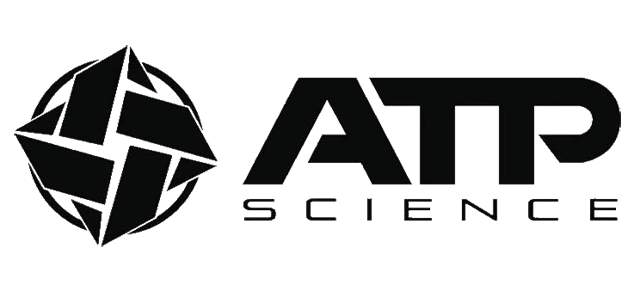








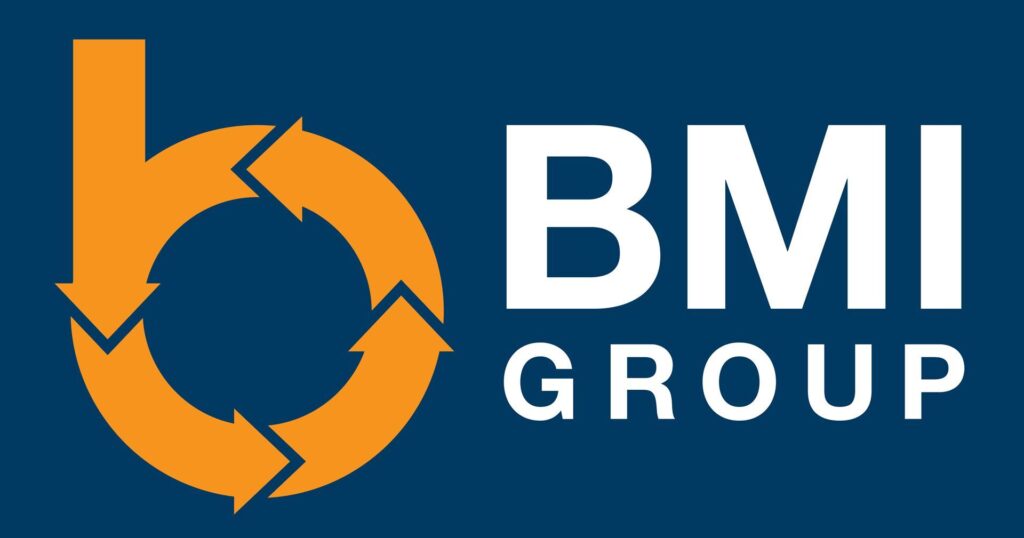

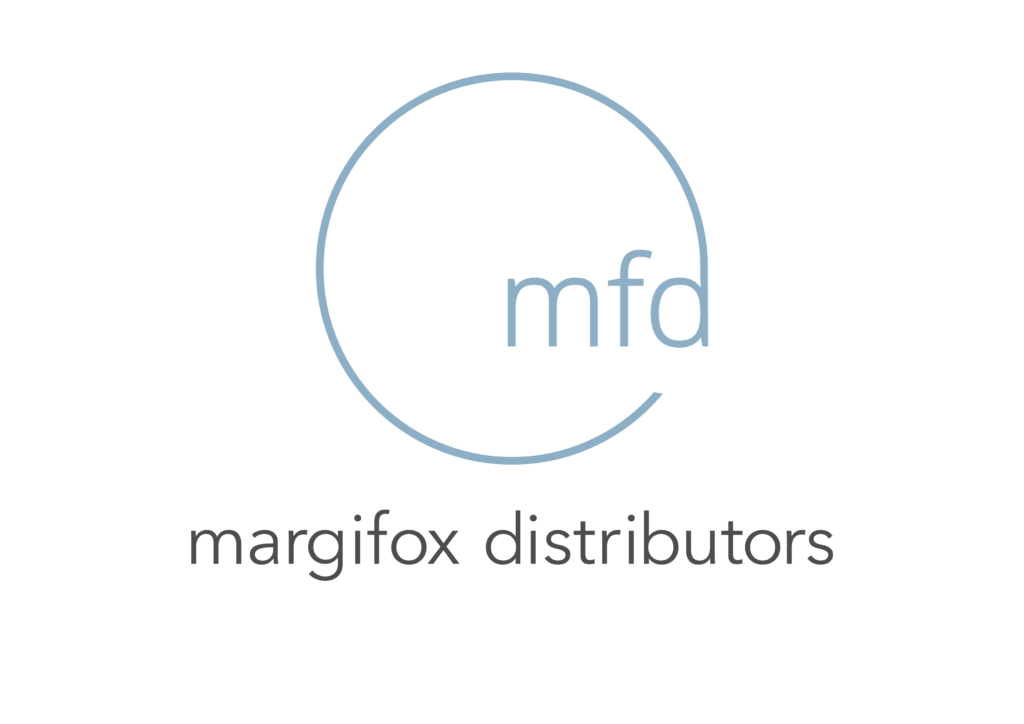
“Cloud is the way of the future, so it just made sense to update our ERP software to a solution that was more flexible, and we had more control over”.
Fiona Allen, Finance & HR Manager VSI Pty Ltd
MYOB Acumatica
Power your business with the #1 cloud ERP software in Australia & New Zealand
MYOB Acumatica is an all-in-one Enterprise Resource Planning (ERP) solution for growing businesses. Connect projects, accounting, payroll, financial management, manufacturing, inventory and more, with a customisable cloud platform.
Built on the world’s fastest growing cloud ERP solution Acumatica, MYOB Acumatica leverages the robust architecture of the globally recognised platform but is tailored to meet Australian business processes and regulations.
Take your business to the next level
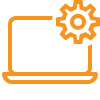
Automate your workflows & manual processes
Outdated tools, manual processes and hard-to-use systems lead to wasted time and resources.
With MYOB Acumatica, you can automate your critical workflows, saving time and driving efficiencies across your business

Gain visibility to make better business decisions
Without end-to-end visibility, you can’t figure out what’s profitable and what’s not.
MYOB Acumatica connects data across your business, so you know where to focus and can easily plan ahead.
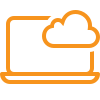
One platform to scale with your business
Disconnected systems hold mid-size businesses back from adapting and scaling.
MYOB Acumatica is the only ERP platform that natively connects your customer. employee, operational & financial workflows in one place.
The impact MYOB Acumatica has had on the business was apparent from day one and ATP has only just started realizing its full capabilities
Toni Doidge, Director – ATP Science
Still relying on a legacy or on-premise ERP system? It could be limiting your growth, efficiency & ability to adapt.
Whether you’re exploring your cloud ERP options or ready to make the move, our expert team at Momentum is here to guide you.
Future-proof your business and book a free consultation with our expert team today to take the first step toward a more agile, scalable, and future-ready business.

Important aspects to consider before moving to cloud ERP
As beneficial as cloud-based ERP tools can be to your business, there are a few things to watch out for in order to keep things moving in the right direction.
